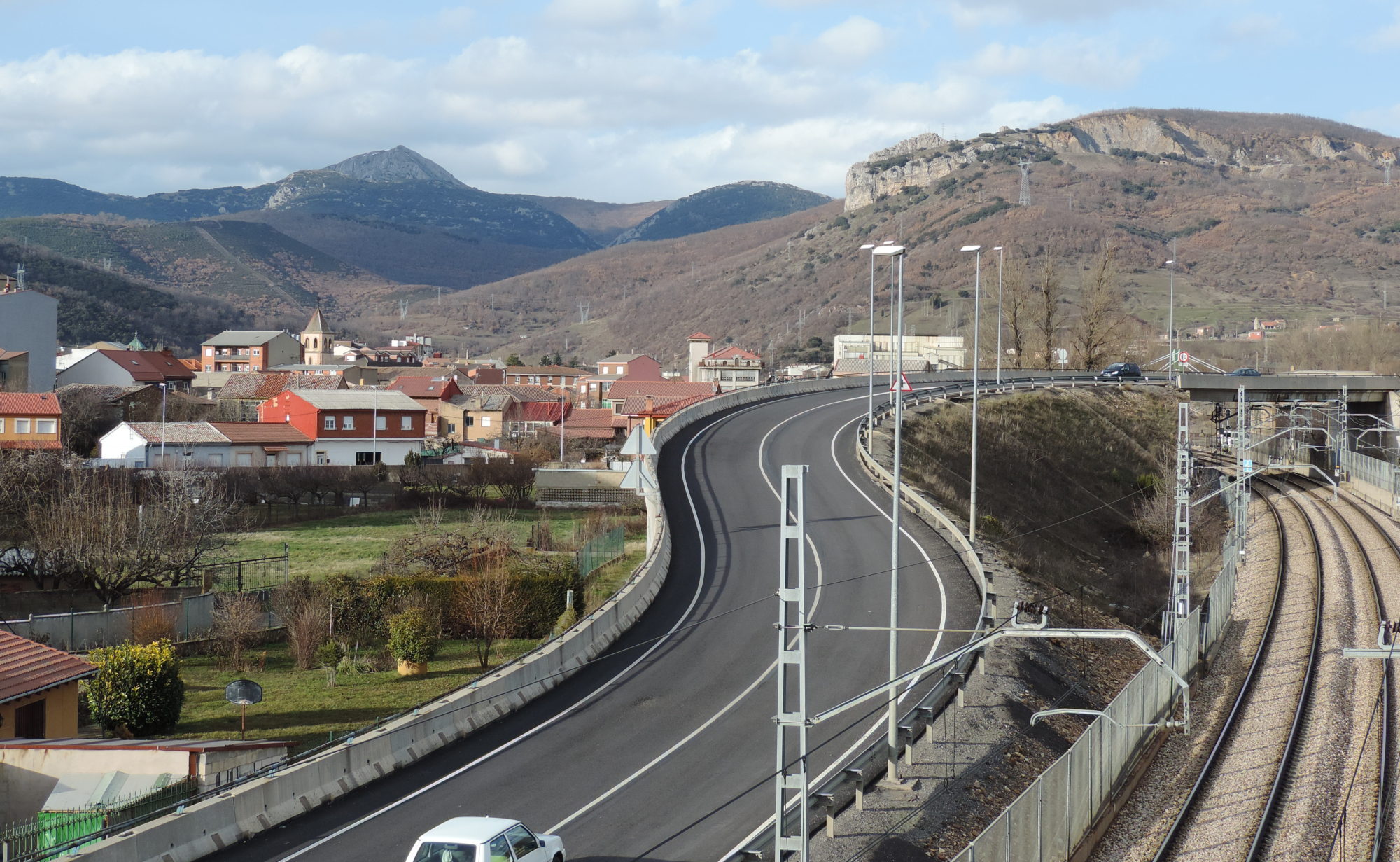Some time after I returned from a journey in Spain (of which I will definitely talk about in the future), I wrote down everything I did there in as much detail as I could. After doing so I found that there was an incredible story to tell.

There was a problem, however. I did not know how to write a good story. I could hardly tell the story properly to my own family. The more I felt that this journey would be an awesome book, the further away that goal seemed to me.
To educate myself I bought a few books, including Bird by Bird by Anne Lamott, The Americanization of Edward Bok by Edward Bok, and The Hero With a Thousand Faces by Joseph Campbell.
The first book includes “some instructions on writing and on life” as the author puts it. The second is an autobiography of the author, a Dutch boy who grew up in America in the late 19th century, became the editor of the Ladies’ Home Journal for 30 years, and coined the term “living room”. Why I thought this book would help me write better may become more evident later.
The last book compares mythologies and stories from all over the world, and the author describes the archetypal story behind them as “the hero’s journey. Though it was the most wordy out of the three books it also sparked an understanding of my own journey that has not left me to this day.
(An Amusing Aside)
While this little story has nothing to do with journeys or story writing, it did involve the book The Hero With a Thousand Faces (for reasons unconnected to the contents of the book itself).
I once went on a date with a girl whom I met on a matchmaking site. I don’t call them “dating” sites, since they don’t set up the dates for you. As an aside to an aside, I might pay for a service (once to try it out) that set you up on an actual date with a verified person.
Anyway, back on topic (sort of). The date was nothing special, and neither was she. However, she was just good looking enough and just interesting enough for me to keep the conversation going. At some point the topic of books came up, and this particular book was mentioned somehow. All of a sudden her face was filled with awe and wonder. She could not believe I had read the whole thing, and of my own volition!
Days afterwards she would periodically text how crazy and amazing it was that I had read the book. Considering she turned down my request for a second date, I have to wonder if I dodged a bullet here. I mean, if the most amazing thing about someone is that they read a book, then you probably don’t really care all that much about them.
The Hero’s Journey
Many stories follow the same general outline. It does not matter if they happen in space, like Star Wars, or a magical school like Hogwarts in the Harry Potter series. The hero can be a street urchin, like in Aladdin, a heroine like in Mulan, or entirely non-human, like in Kung Fu Panda. The stories can be older than dirt, like many cultural myths, or so new they are still in theatres.
These stories are told in sensational and entertaining ways. However, at the heart of each story is a mirror showing us our very human conditions. The mirror reflects our struggles and our successes, our trials and tribulations. We don’t need to be bitten by a radioactive spider to understand Peter Parker’s struggle to remain a regular high school kid while trying to beat up the bad guys as Spider-Man. No one needs to unplug us from the Matrix to feel Neo’s utter shock and disbelief when he uses his real eyes for the first time. Our own life journeys have prepared us for this understanding of being human.
Other websites describe the Hero’s Journey, or Monomyth as Campbell calls it, in much better detail than I care to do. Here is one of those sites. There are also handy diagrams describing the journey available online.

A Pilgrim’s Journey
I certainly do not think of myself as a hero by any means. However, whether I like it or not I was the protagonist of a journey that seemed to follow many of the stages described in the Monomyth.
My pilgrimage in Spain to Santiago de Compostela was quite the trip. Danger lurked behind every bush as I navigated the unknown. Strangers helped me along the way, on two legs and on four. I fought against the elements and against guardians, on two legs and on four. I found myself in pits of despair, both physical and spiritual. It seemed that I would never get out.

However, I transformed during my journey. I learned and adapted. A friendship developed in the wilderness between two pilgrims. Reassured about my faith and my purpose, I arrived at my destination a changed man. In fact, I went further than needed, and found peace at the end of the world. When I returned to society I found myself alone even amidst many people. My experience gave me a different view of both loneliness and good company. From a dark deep place I had brought back courage and self-reliance, treasures that I will never let go. Plus I now have a great story to tell everyone!

I never expected to do more than walk a lot and see a few interesting sights. Being tested in the manner of a hero was never on my radar. But it was one of the great adventures of my life which I will always keep close to my heart. The experience cannot be bought, and cannot be imitated. However, I am sure that we all have grand excursions in our own lives, and the ordeals we face therein have nurtured us and strengthened us.
The Primitive Way
This is not a call to return to nature, but the name of the route (actually one of the routes) that I took during my pilgrimage. The route is called the Camino Primitivo in Spanish.
In the next few posts I hope to present my story. Though some elements may seem embellished, everything is true. I hope you will join me on my quest to educate, entertain, and endear you to another world in the northwest of Spain.

2 Replies to “The Story of a Pilgrim’s Journey”